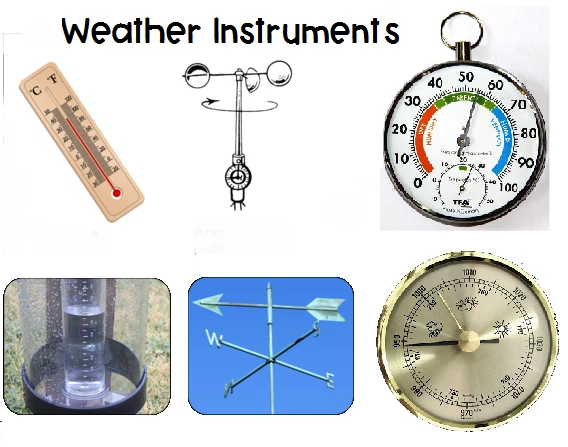
html
Weather Instruments: Essential Tools for Meteorological Observations
Weather instruments play a crucial role in meteorology, helping scientists and researchers gather accurate data about atmospheric conditions. These tools are essential for forecasting weather, studying climate patterns, and ensuring public safety. Below, we explore some of the most important weather instruments used today.
1. Thermometer
The thermometer is one of the most basic yet vital weather instruments. It measures air temperature, providing data that helps predict weather changes and monitor climate trends. Modern thermometers often use digital sensors for higher accuracy.
2. Barometer
A barometer measures atmospheric pressure, which is key to predicting short-term weather changes. Falling pressure often indicates stormy conditions, while rising pressure suggests fair weather. Mercury and aneroid barometers are the most common types.
3. Hygrometer
This instrument measures humidity levels in the air. Understanding humidity is essential for predicting precipitation, fog, and even heatwaves. Hygrometers are widely used in weather stations and agricultural monitoring.
4. Anemometer
Anemometers measure wind speed and direction. These instruments are critical for aviation, marine navigation, and storm tracking. Cup anemometers and vane anemometers are among the most frequently used designs.
5. Rain Gauge
Rain gauges collect and measure precipitation over a set period. This data helps meteorologists track rainfall patterns, assess drought conditions, and predict flooding risks. Tipping bucket rain gauges are a popular automated option.
6. Weather Balloons and Radiosondes
Weather balloons carry radiosondes into the upper atmosphere to collect data on temperature, humidity, and pressure at various altitudes. This information is invaluable for creating accurate weather models and forecasts.
7. Weather Satellites
While not ground-based instruments, weather satellites provide a global perspective on weather systems. They monitor cloud cover, storm development, and even ocean temperatures, offering real-time data for forecasting.
Conclusion
Weather instruments are indispensable for understanding and predicting atmospheric conditions. From simple thermometers to advanced satellites, these tools enable meteorologists to provide accurate forecasts, study climate change, and protect communities from severe weather events. As technology advances, these instruments continue to evolve, improving our ability to monitor the ever-changing weather.
Keyword: wether instruments